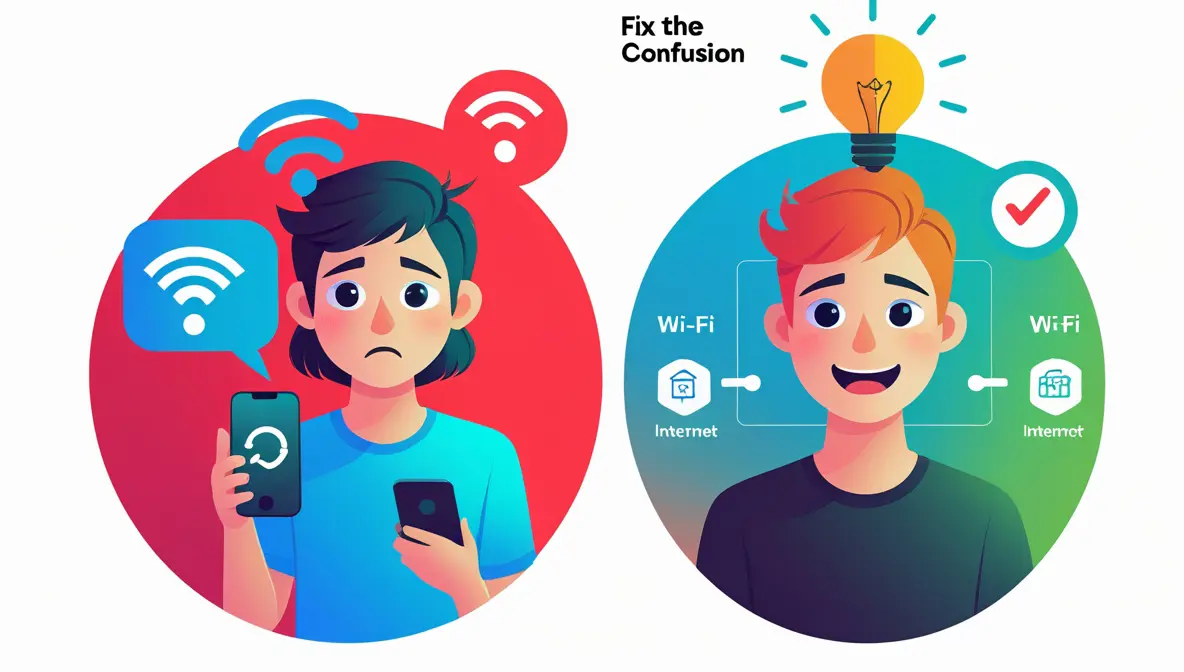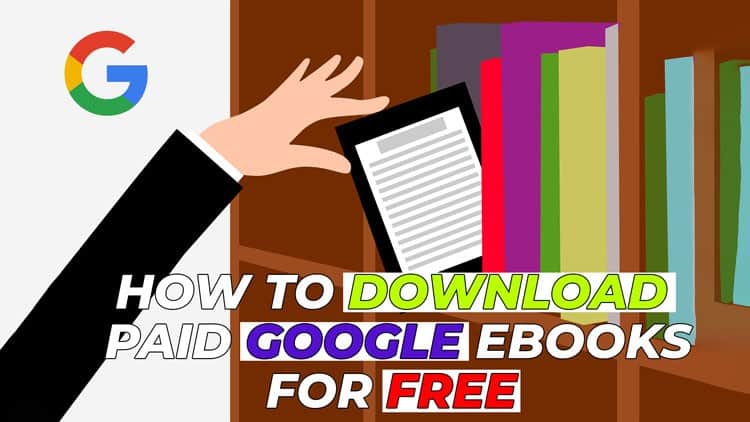10 Best Photo Editing Software For Beginners in 2025
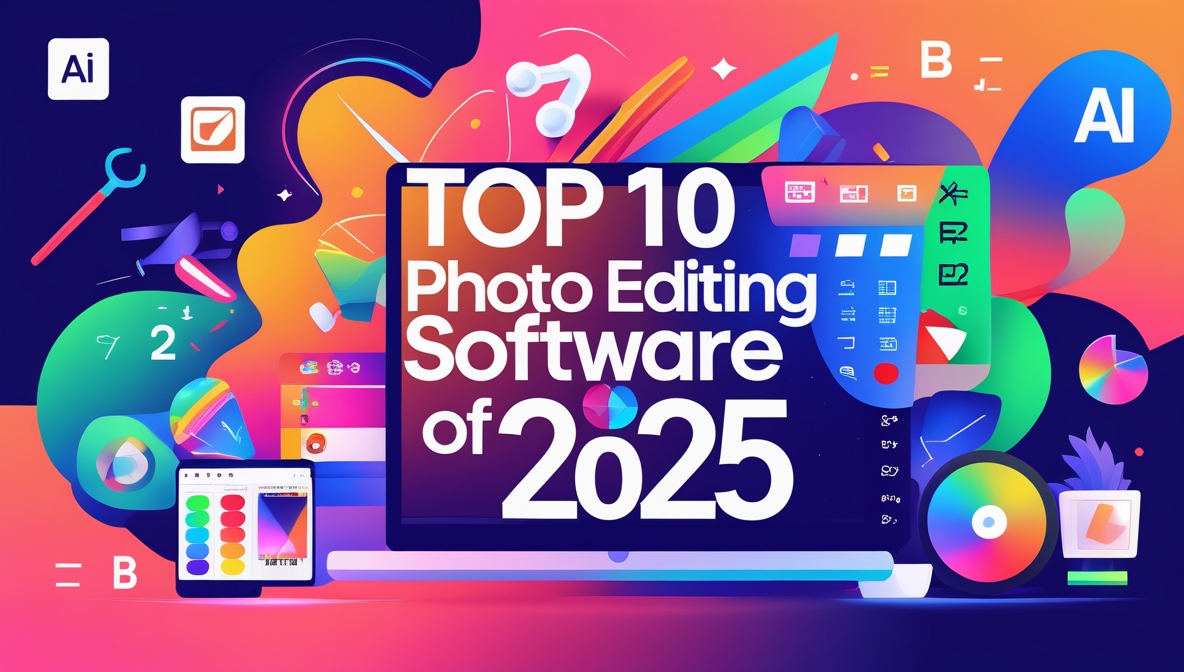

Hi! Are you new to photo editing? Welcome to a fun journey where you can make your pictures look amazing! I know how it feels to look at all the software out there and wonder which one to pick. Did you know that more than 90% of people editing photos for social media use tools made for beginners? (Source: Statista, 2024)
My name is Roshan, and I run Piximfix.com. Over the years, I’ve tried tons of tools, from simple free apps to fancy professional ones. I’m excited to share what I’ve learned so you can pick the best tools without wasting time. This guide will show you the coolest features, pros, and examples of great software. In this blog, I’ll talk about the 10 best photo editing software for beginners in 2025, a year full of cool new tools like smart AI features, online editors, and affordable pro-level apps. Let’s dive in and find the right one for you!
6 Best Face Swap Ai Tools Runing Locally on Your PC For Free 2025
Free best photo editing software for beginners:
1. GIMP (GNU Image Manipulation Program)
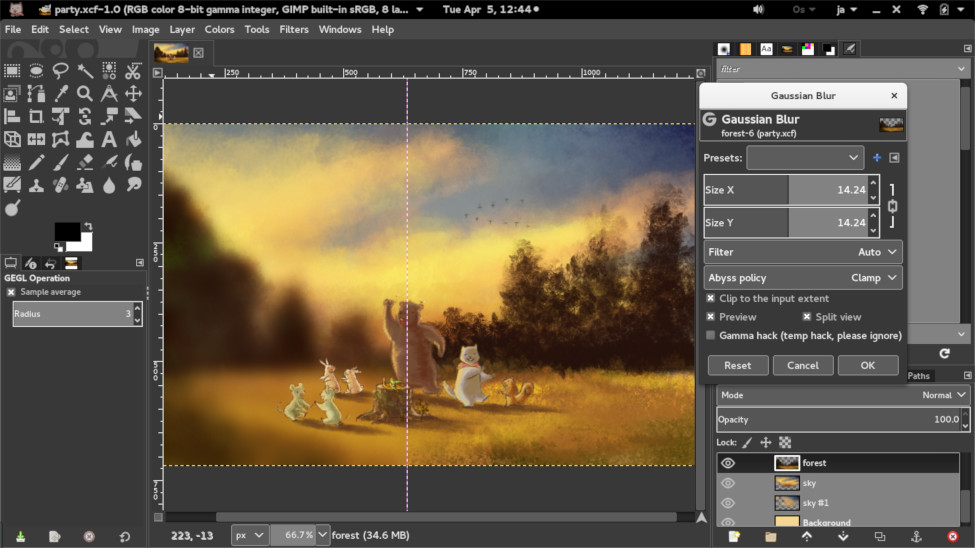
A powerful, open-source tool that offers professional-grade features like layers, masks, and advanced retouching—all for free. GIMP stands out for beginners willing to invest time in learning, offering tools comparable to paid software without the cost. A powerful, open-source tool that offers professional-grade features like layers, masks, and advanced retouching—all for free. Perfect for beginners looking to dive into comprehensive photo editing. GIMP also includes a variety of community-created tutorials and resources to help mitigate its steeper learning curve, making it more approachable for new users.
| Key Features | Details |
|---|---|
| Open-source | Completely free with community-driven updates |
| Advanced tools | Supports layers, masks, and detailed retouching. Comparable to paid tools like Photoshop Elements, GIMP offers similar functionality at no cost, making it a compelling choice for those on a budget. |
| Cross-platform | Available on Windows, macOS, and Linux |
Pros:
- Free and open-source.
- Professional-grade tools for detailed editing.
- Cross-platform compatibility.
Cons:
- Steeper learning curve for beginners. To overcome this, users can explore the variety of community-created tutorials, video guides on platforms like YouTube, and forums that provide step-by-step assistance for mastering GIMP.
- Interface may feel less modern compared to alternatives.
2. Photopea
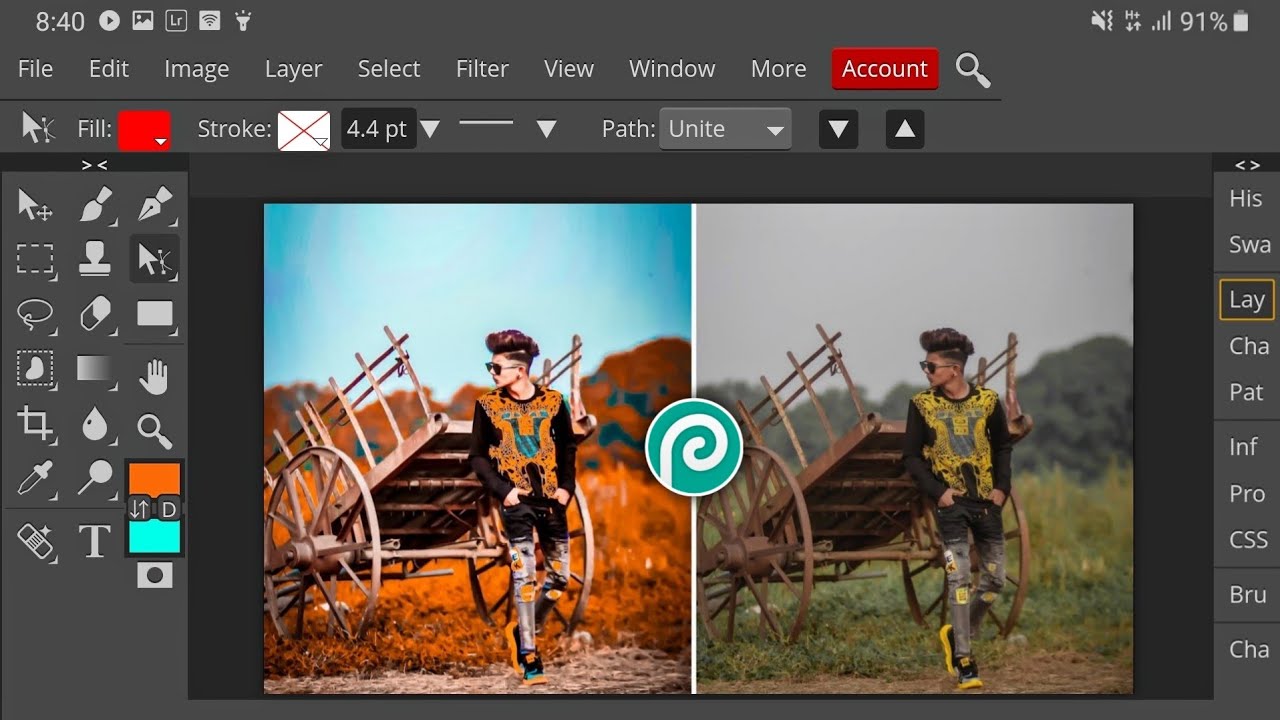
A browser-based Photoshop alternative that supports PSD files and offers a familiar interface. Ideal for quick, on-the-go edits without needing to download software, such as when working on PSD files on a device without Photoshop. A browser-based Photoshop alternative that supports PSD files and offers a familiar interface. Ideal for quick, on-the-go edits without needing to download software, thanks to pre-set tools and an intuitive layout that simplifies navigation for fast results.
| Key Features | Details |
| Browser-based | No downloads required |
| PSD support | Compatible with Photoshop files |
| User-friendly interface | Features a layout closely resembling Photoshop, making it easy for Adobe users to adapt quickly. |
Pros:
- No installation required.
- Familiar interface for Photoshop users.
- Free with robust editing capabilities.
Cons:
- Performance depends on internet speed. To overcome this, ensure a stable internet connection or save your work frequently to avoid potential data loss.
- Limited advanced features compared to desktop software, such as in-depth color grading, batch processing, and 3D rendering capabilities.
How to Become a Photographer: 8 Steps to Build Your Career
3. Fotor
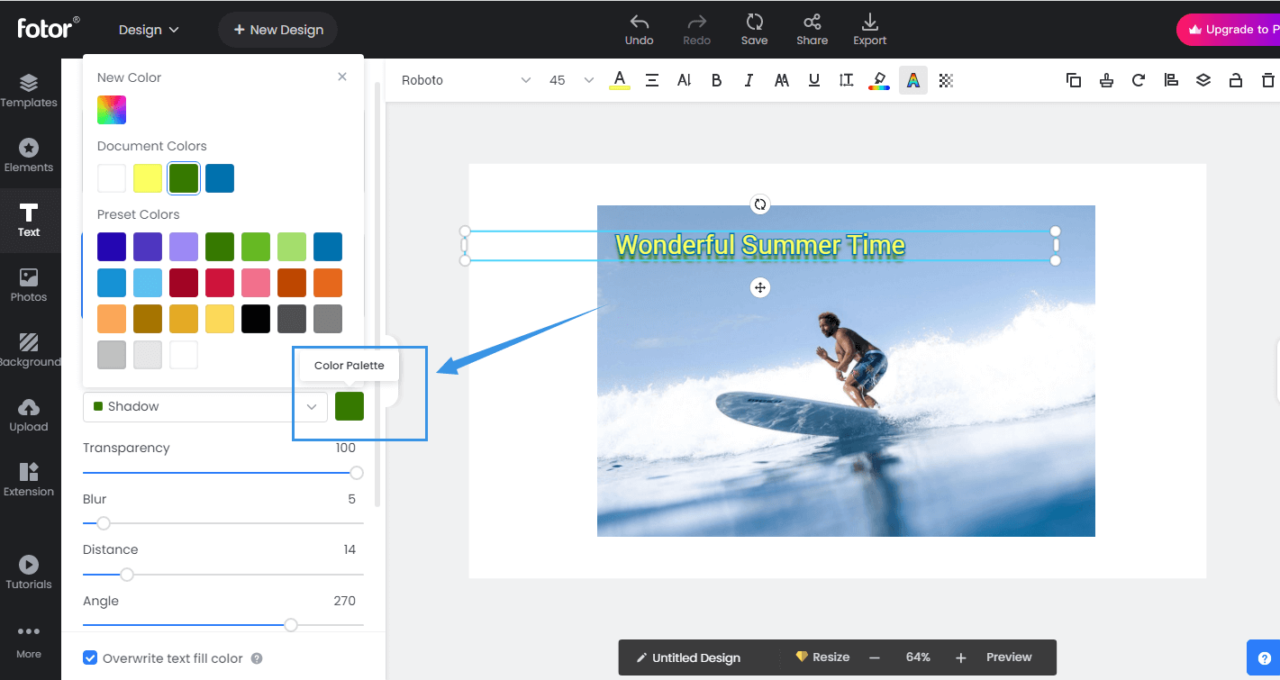
A beginner-friendly tool known for its one-click enhancements, filters, and collage-making capabilities, such as brightening images for social media posts or creating quick collages for personal projects. Great for casual edits and social media-ready photos, such as creating Instagram stories, Facebook posts, or Pinterest collages.
| Key Features | Details |
| One-click enhancements | Instant fixes for brightness, contrast, and colors |
| Collage-making | Built-in templates for creative photo collages |
| Filter library | Wide range of artistic filters for unique styles, including vintage, black-and-white, and cinematic effects that make photos stand out. |
Pros:
- Easy to use with minimal learning curve, thanks to its intuitive design and pre-set tools that guide users through common editing tasks.
- One-click enhancements save time.
- Great for creating collages and social media content.
Cons:
- Limited advanced editing tools, such as a lack of layer support, RAW editing capabilities, and detailed color correction features.
- Some features locked behind a paywall.
4. Pixlr X
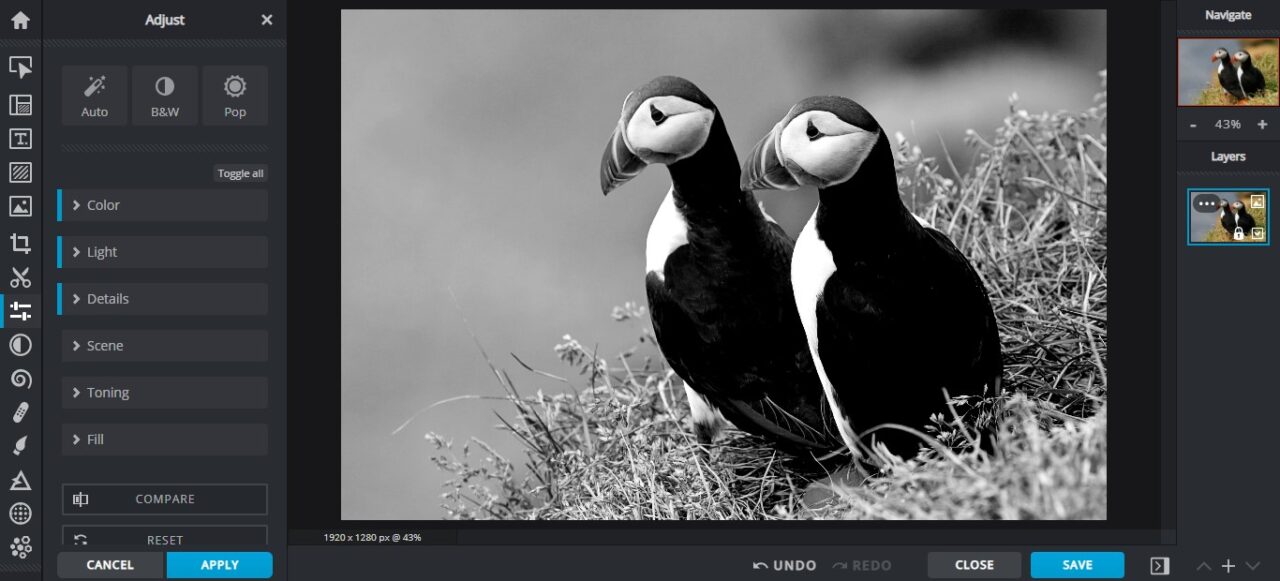
An intuitive, AI-powered editor that simplifies photo adjustments and effects by automating tasks like brightness correction, background removal, and filter application, making it especially useful for beginners with minimal editing experience. Its web-based platform makes it easily accessible across devices but requires a stable internet connection, as offline editing is not supported. For instance, it excels in quick edits like resizing or adding filters to images for Instagram posts or stories. An intuitive, AI-powered editor that simplifies photo adjustments and effects. Its web-based platform makes it easily accessible across devices.
| Key Features | Details |
| AI-powered tools | Automated adjustments for quick edits, including brightness, contrast, and background removal. |
| Web-based | Accessible from any device with an internet connection |
| Simplified interface | Beginner-friendly layout |
Pros:
- Quick and easy edits with AI tools.
- Accessible on any device with an internet connection.
- Free with essential features.
Cons:
- Advanced features require a subscription, including premium filters, advanced AI tools, and extended storage options for projects.
- Limited offline capabilities.
5. Colorcinch
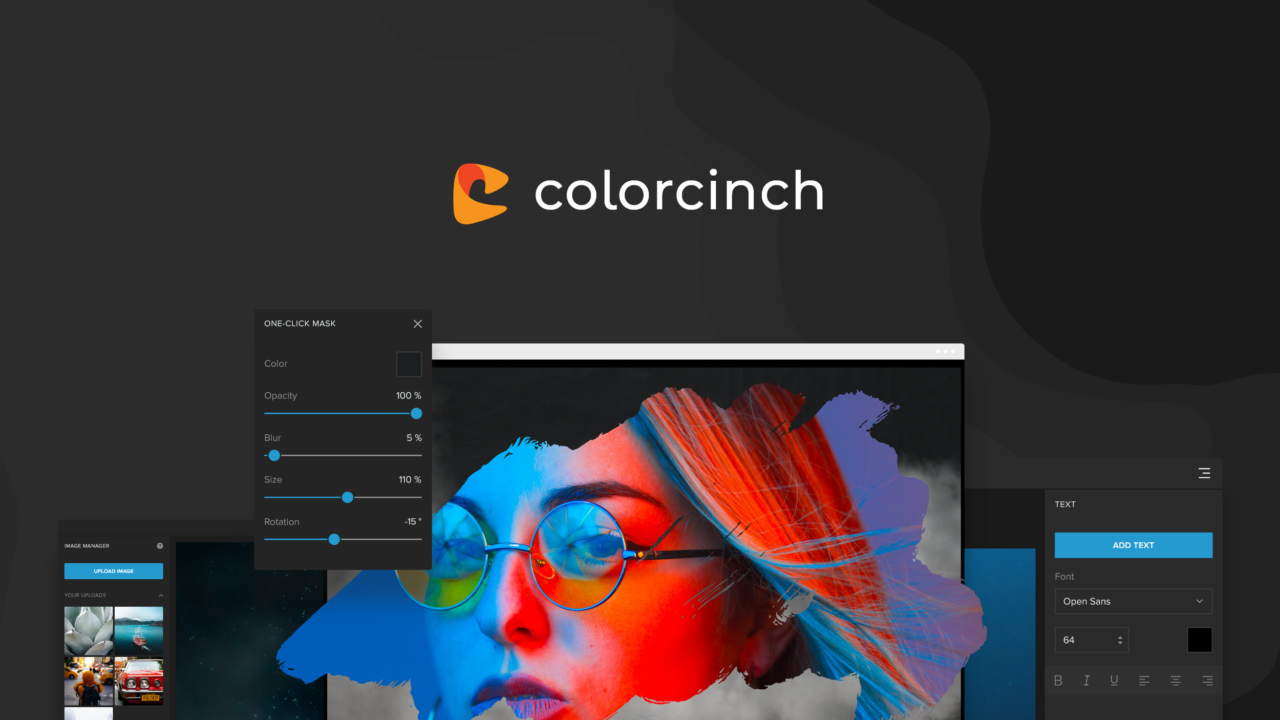
A creative photo editor with an extensive library of artistic filters and effects, including standout options like watercolor, sketch, and oil painting styles that make your photos truly unique. Perfect for turning your photos into unique works of art, such as creating personalized greeting cards, digital artwork, or posters.
| Key Features | Details |
| Artistic filters | Transform photos into sketches, paintings, and more |
| Layer support | Advanced editing capabilities with layers |
| Blend modes | Enhance creative possibilities |
Pros:
- Unique artistic filters and effects.
- Layer support for detailed edits.
- User-friendly interface.
Cons:
- Some features locked in the paid version.
- Limited advanced editing tools.
Paid Best photo editing software for beginners
Photoshop Running Slow? 10 Quick Fixes!
6. Adobe Photoshop Elements 2025
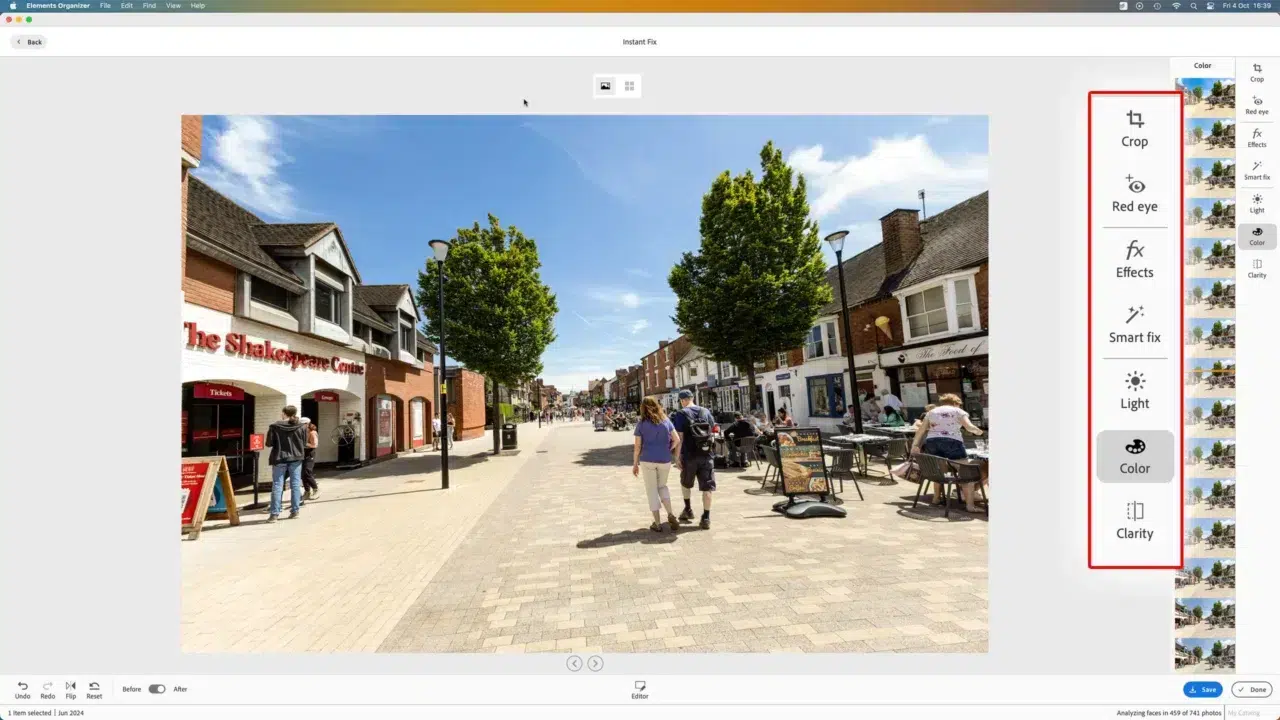
A simplified version of Photoshop with guided tutorials that walk beginners through essential techniques and AI-driven tools that automate tasks like object removal and one-click enhancements, making photo editing easier and more efficient for new users. Ideal for beginners transitioning to advanced photo editing, as it introduces concepts like layers, masks, and advanced effects gradually through guided tutorials and easy-to-use features.
| Key Features | Details |
| Guided tutorials | Step-by-step editing help that covers essential techniques like cropping, adjusting brightness, and adding filters, catering to common beginner needs. |
| AI-driven features | Smart tools for effortless edits |
| One-time purchase | Affordable with no subscription fees ($99.99) |
Pros:
- Simplified for beginners with guided tutorials.
- AI-driven tools for advanced edits.
- One-time purchase, no subscription.
Cons:
- Limited features compared to full Photoshop, such as 3D modeling, advanced color grading, and in-depth batch processing.
- Higher cost upfront compared to free tools, but the one-time purchase eliminates ongoing subscription fees, offering long-term savings for dedicated users.
7. Affinity Photo
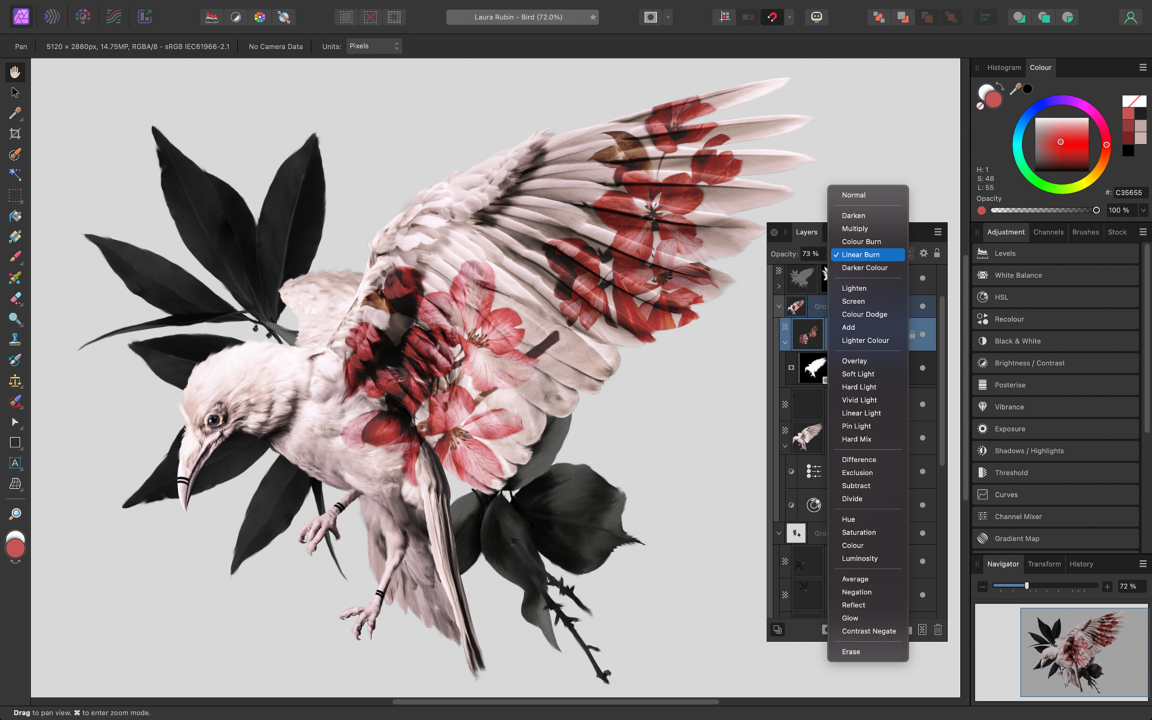
A budget-friendly, professional-grade editor with features like non-destructive editing and customizable tools. Offers great value for a one-time purchase.
| Key Features | Details |
| Non-destructive editing | Preserve original files while editing |
| Professional-grade tools | Advanced brushes, layers, and more |
| No subscription required | One-time purchase for lifetime access ($69.99) |
Pros:
- Professional tools at a low price.
- No subscription needed.
- Excellent performance for advanced edits.
Cons:
- Slightly steeper learning curve for beginners.
- No mobile app support.
8. Luminar Neo
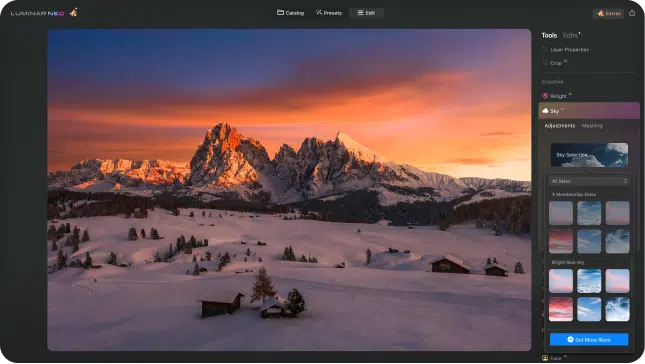
An AI-powered editor that simplifies complex tasks like sky replacement and background removal. For instance, it’s perfect for enhancing landscape photography by replacing dull skies with vibrant ones or improving portraits by removing distracting background elements. Great for high-quality results with minimal effort, leveraging advanced AI algorithms to deliver professional-grade output that stands out.
| Key Features | Details |
| AI-powered sky replacement | Instantly change skies in photos with customizable options, including different weather conditions and styles like sunny, cloudy, or dramatic sunsets. |
| Background removal | Remove unwanted elements with ease, offering precise edge detection and AI-powered refinement, though it may struggle with complex backgrounds or fine details. |
| High-quality output | Professional results with minimal effort ($79.99) |
Pros:
- AI simplifies complex edits.
- User-friendly interface.
- Affordable one-time cost.
Cons:
- Limited manual editing options, such as the absence of detailed brush controls and advanced layer adjustments, which may limit precision for some edits.
- Requires a powerful computer for smooth performance.
9. Capture One Express
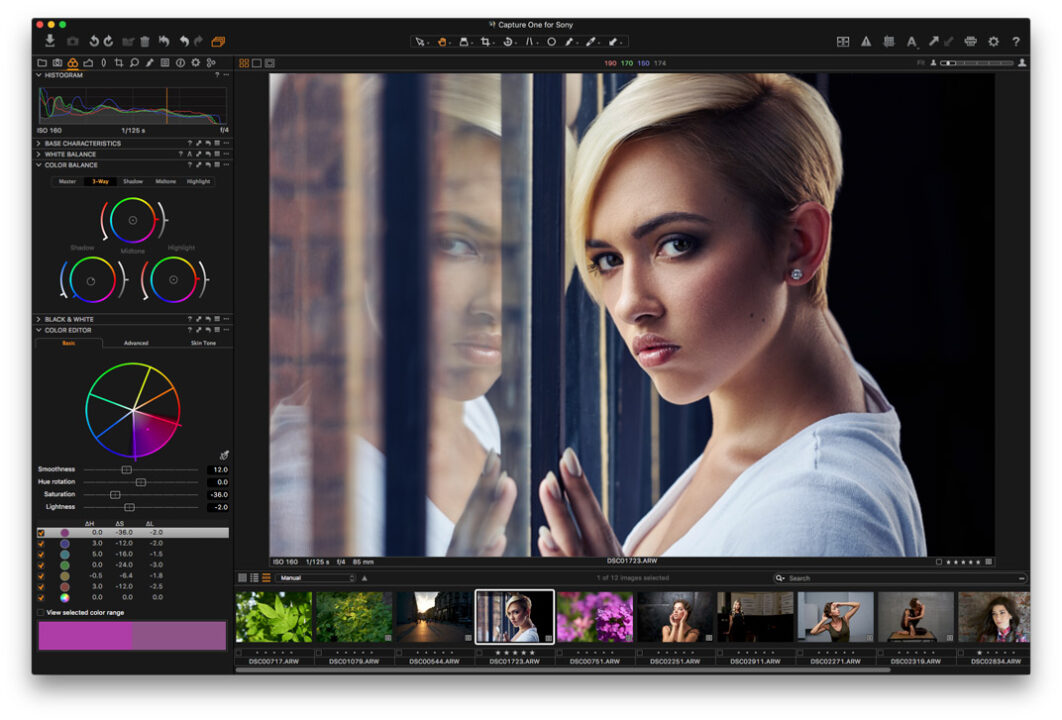
A free version for Fujifilm and Sony users, offering robust RAW editing and color grading capabilities that allow for improved control over exposure, color adjustments, and overall photo quality. Tailored for photography enthusiasts, with specialized tools for Fujifilm and Sony camera profiles, making RAW workflows intuitive and optimized for these brands.
| Key Features | Details |
| RAW editing | Enhanced control over image quality, such as recovering details in shadows or highlights for a more balanced and polished look. |
| Tailored for Fujifilm/Sony | Optimized for these camera brands with specific support for film simulations, lens corrections, and color profiles unique to Fujifilm and Sony cameras. |
| Free version available | No cost for basic features |
Pros:
- Excellent RAW editing capabilities.
- Free for Fujifilm and Sony users.
- High-quality color grading tools.
Cons:
- Limited support for other camera brands.
- Fewer features compared to the paid Capture One Pro.
10. Corel PaintShop Pro 2025
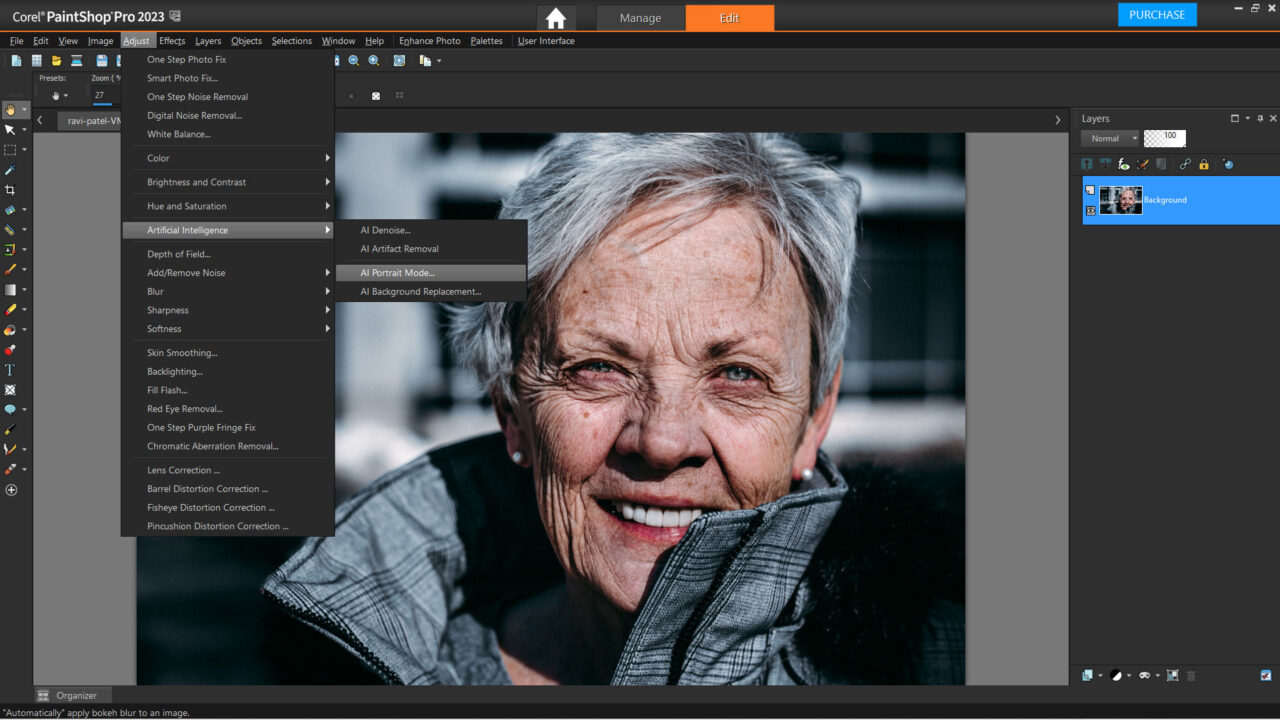
A cost-effective alternative to Photoshop that balances beginner-friendly tools with advanced features, including layer support, masks, and scripting capabilities, which allow users to automate repetitive tasks and enhance creative workflows. Perfect for those ready to explore intermediate editing, such as performing advanced retouching, creating composites, or working with multi-layered projects.
| Key Features | Details |
| Beginner-friendly interface | Intuitive design for new users, featuring drag-and-drop tools and pre-set templates that simplify the editing process. |
| Advanced features | Supports layers, masks, and scripts, providing comparable functionality to Photoshop for tasks like creating composites and automating workflows, albeit with fewer advanced customization options. |
| Budget-friendly | Lower cost compared to similar tools ($79.99) |
Pros:
- Affordable alternative to Photoshop.
- Wide range of tools for beginners and intermediates.
- Intuitive interface.
Cons:
- Windows-only compatibility. Currently, there are no official versions for macOS, but users can explore alternatives like using a Windows virtual machine or similar tools to access PaintShop Pro.
- Occasional performance issues with large files.
My Personal Experience with Photo Editing Tools
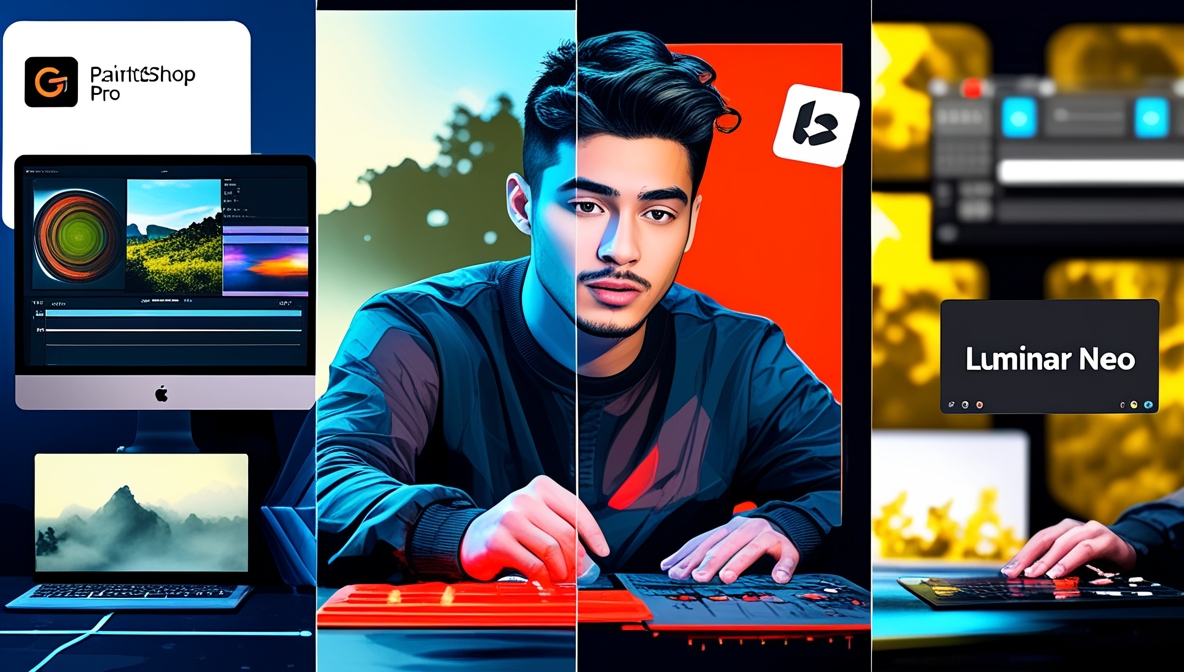
I’ve spent a lot of time editing photos for my website and social media, so I’ve tried many tools to see what works best. When I first used GIMP, it was a bit hard to learn, but the community tutorials helped me a lot. One tutorial showed me how to use layer masks, which let me combine two pictures perfectly. It was a free tool, and I felt like a pro! Then I discovered Photopea, which became my favorite for quick edits when I was traveling. For example, once I needed to brighten an image and add text for a social media post while on a train, and Photopea made it super easy without needing to download anything.
When I tried paid tools like Adobe Photoshop Elements and Luminar Neo, I was amazed by how easy they made advanced features like replacing skies or removing objects. With Luminar Neo, I turned a boring landscape into a beautiful sunset scene in just a few clicks. Photoshop Elements helped me clean up product photos by removing distractions, saving me hours of work. These tools really improved the quality of my photos. I also enjoyed using Corel PaintShop Pro to design multi-layered banners and Colorcinch to turn travel pictures into cool watercolor-style posters. Each tool has something special to offer.
What I’ve learned is that the best photo editing software isn’t just about having lots of features. It’s about finding a tool that matches your style and helps you get better over time. I’m excited to share these tips with you to make photo editing easier and more fun!



